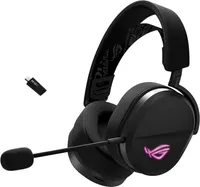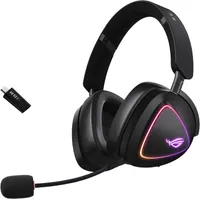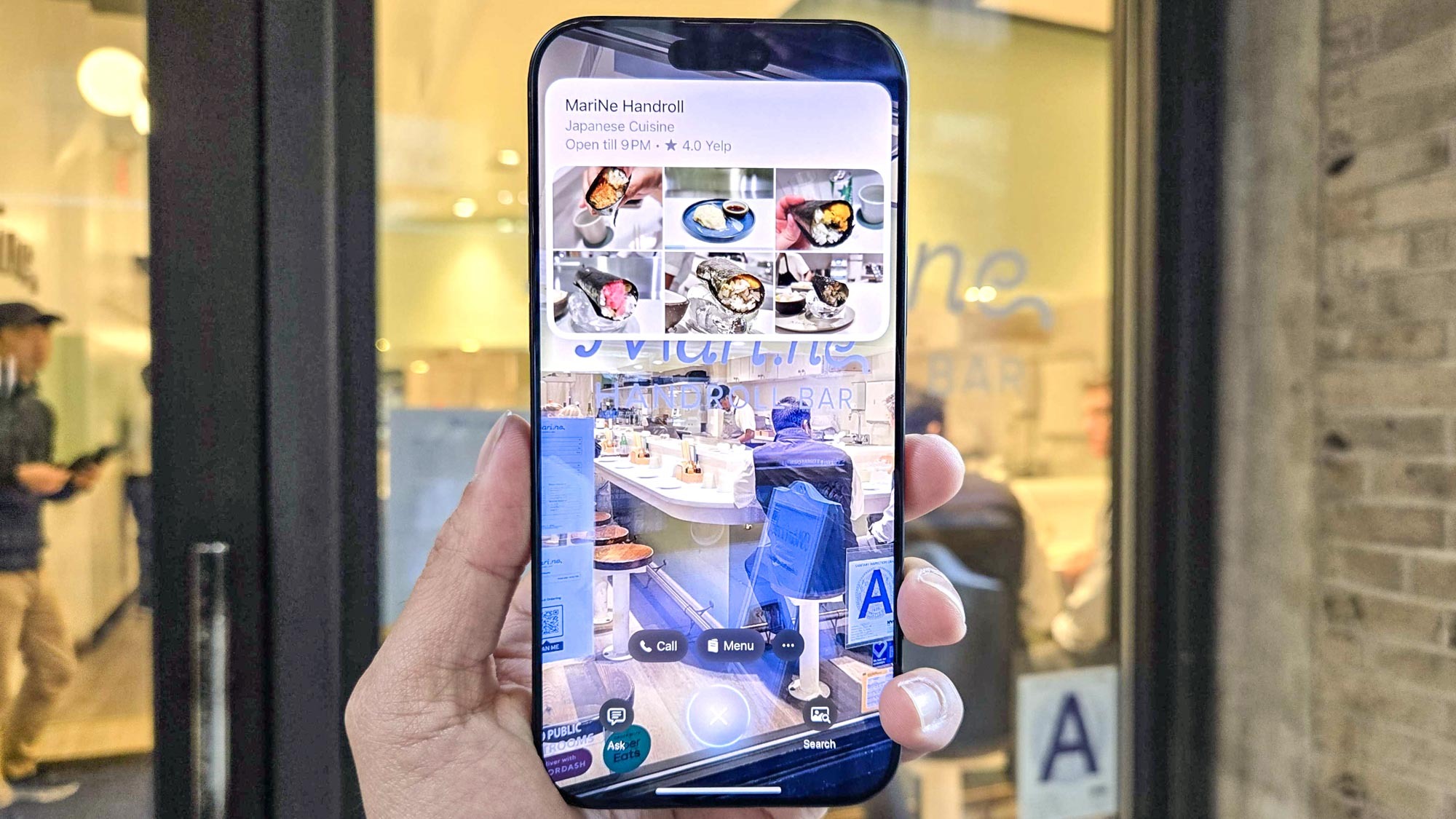Pricier doesn’t always mean better — here’s why I’d pick a $129 gaming headset over a $229 one
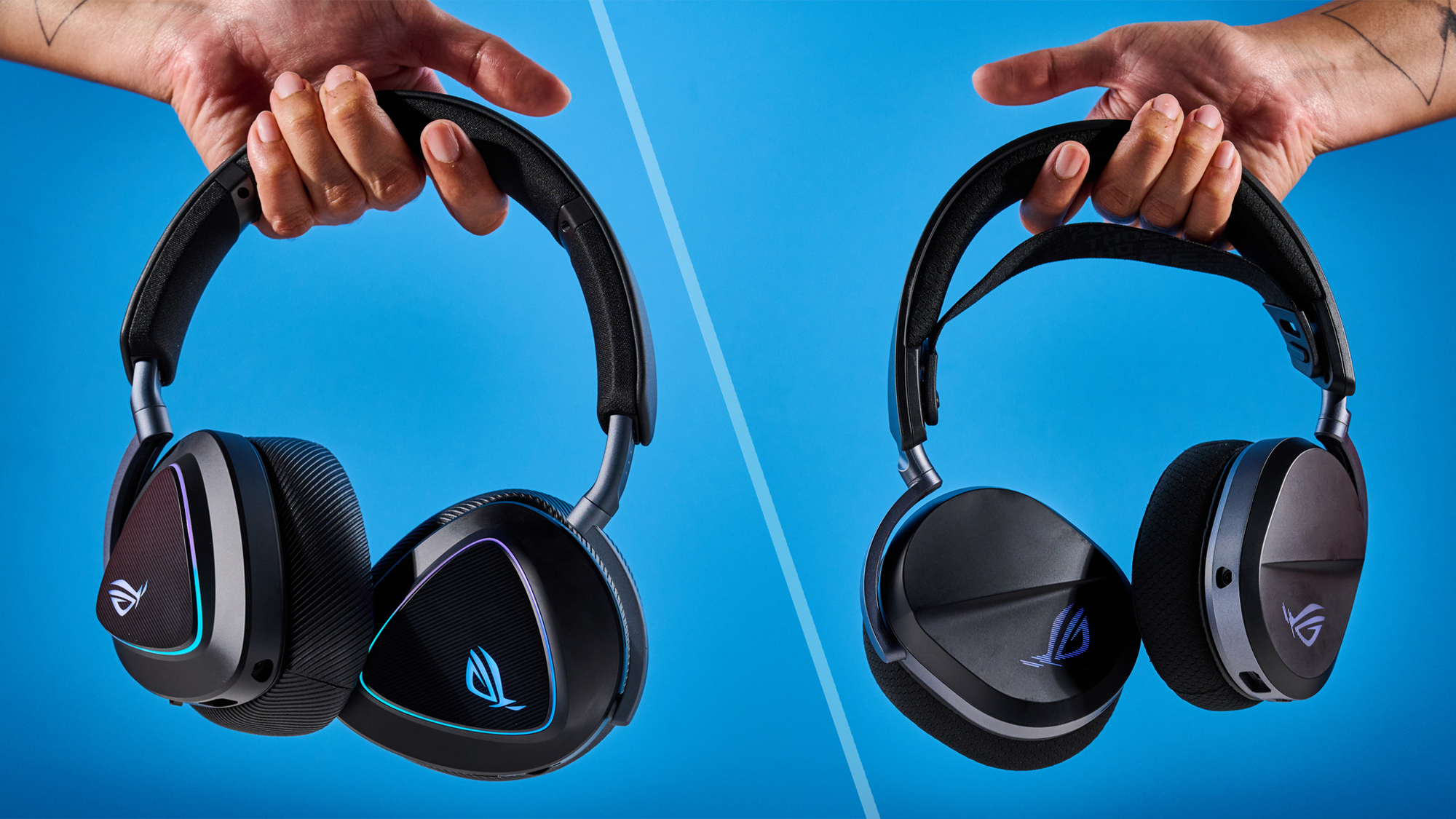
How much money is too much to spend on one of the best wireless gaming headsets? It depends on who you ask. Purists will have you believing that you should spend as much as you can, and may even try to justify spending upwards of $250.
But most people who know that the price tag doesn't always speak volumes will tell you that you need to carefully weigh your options.
I'm an avid gamer and you'll usually find me sinking hours into RPGs like Baldur's Gate 3 on my PS5 Slim. To help me get immersed into the game I'm playing, I need a gaming headset that can create soundscapes powerful enough to make me feel like I'm the main character.
I've tested many gaming headsets, from budget ones (like the Turtle Beach Stealth 600 Gen 3) to pricey ones (like the Asus ROG Delta II) and I've come to the conclusion that pricey doesn't always mean better. To prove this, I'll be using the aforementioned Asus headset and its cheaper sibling, the Asus ROG Pelta, as examples. Let's get into it.
Main character energy
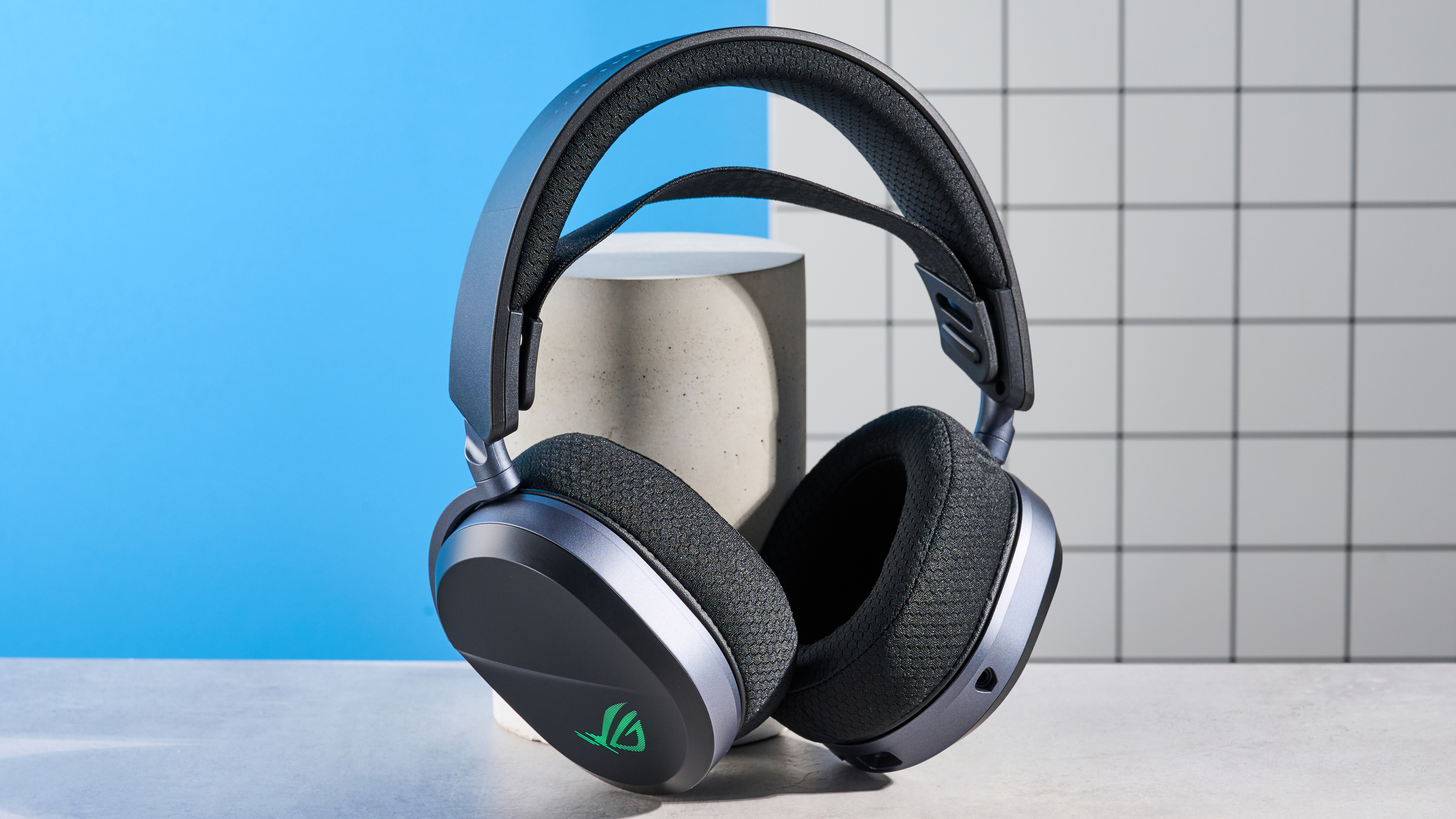
Sound direction (and sound reproduction through a headset) can make or break a game, so you need a gaming headset that makes you feel like you're the main character. Both the Asus ROG Delta II and the Asus ROG Pelta do this with their 50mm titanium-plated diaphragm drivers and virtual surround sound — so is there a difference?
You'd think that the ROG Delta II, by virtue of being more expensive, offers better sound, but that couldn't be further from the truth. Don't get me wrong, it is excellent.
Through both headsets, you can hear soft, subtle footsteps and loud explosions in all their glory. You can hear your samurai's katana piercing an enemy's skin (in Assassin's Creed Shadows) and the NOS kicking in when racing (in NFS Heat).
Get instant access to breaking news, the hottest reviews, great deals and helpful tips.
With 50mm drivers and virtual surround sound, the Asus ROG Pelta is a fantastic gaming headset for horror, RPGs and FPS titles. It’s extremely comfortable for long gaming sessions, and it’s compatible with many devices. Offering a lot of customization potential, you can tailor the sound according to your preferences, too.
But the ROG Delta II falls just short because its lower ranges (A.K.A the bass) need some fine-tuning, which can be done by diving into its companion software (which, unfortunately, is Windows-only). That means you can't hear the low rumble of the engine running while your Lamborghini or Ferrari is standing still in NFS Heat.
This ends up breaking your immersion ever so slightly. The ROG Pelta, on the other hand, sounds phenomenal straight out of the box. You don't need to really adjust the equalizer or boost the bass — it throws you right into the middle of the action without needing any fine-tuning.
The winner? The cheaper headset, the ROG Pelta, especially if you want to hear heavier frequencies in your jaw, in your temples.
A crown... I mean headset, on my head
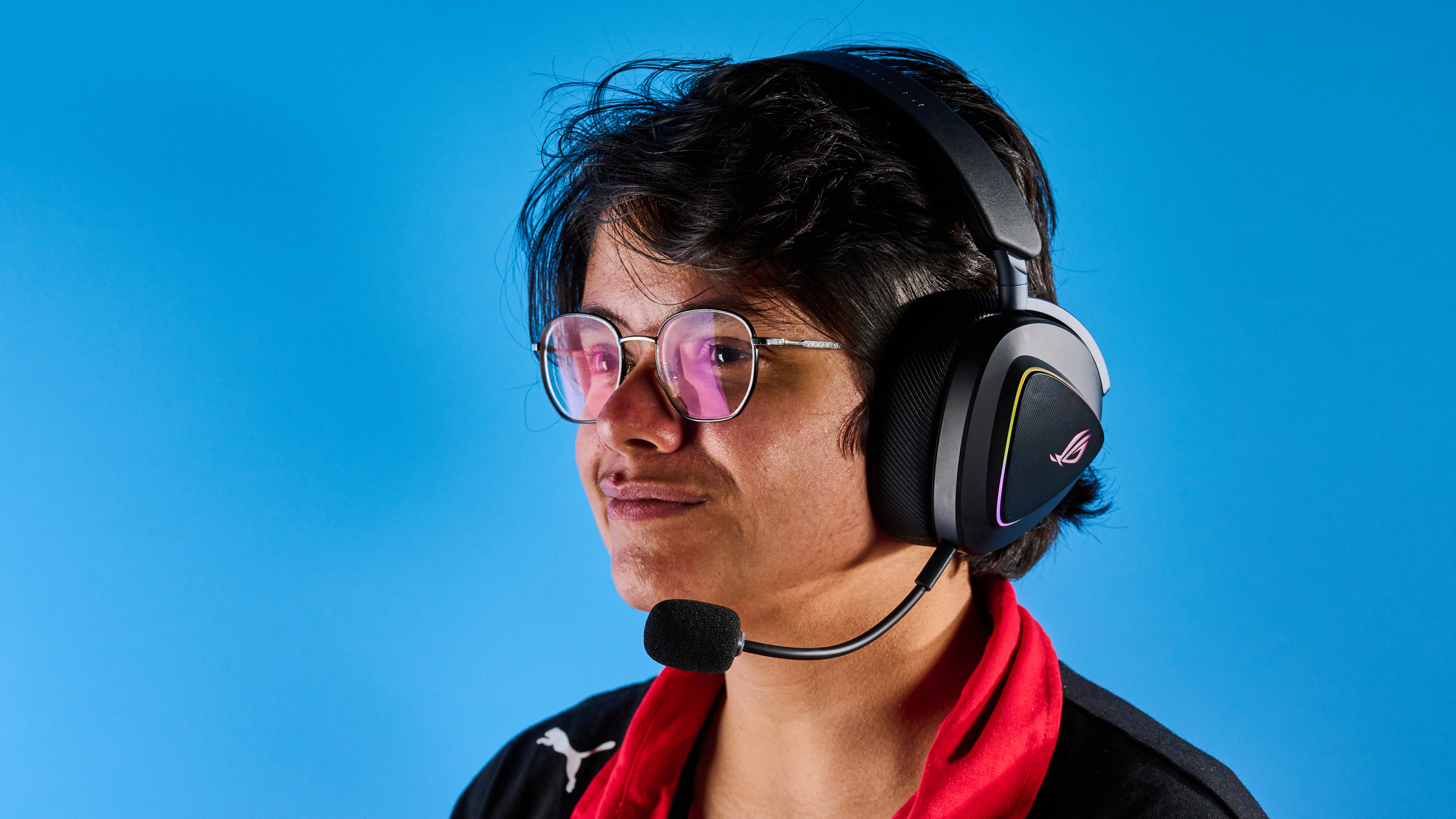
Another thing to carefully consider before buying a gaming headset is just how comfortable it is. The Asus ROG Delta II and the Asus ROG Pelta, both, are supremely comfortable. They're lightweight so they don't weigh you down, and both their headbands are adjustable and comfy.
But the ROG Delta II has an ace up its sleeve here. While its standard leatherette earcups are mighty comfortable, a spare pair of fabric earpads is included in the box. This means you can swap the earcups depending on the feel you're after.
With its 50mm titanium-plated diaphragm drivers, the Asus ROG Delta II creates immersive soundscapes in nearly every game. The headset is mighty comfortable and its detachable 10mm boom mic is loud and clear. It also boasts long battery life. However, while its earpads can be changed, the process is frustrating. The lower ranges also need to be fine-tuned, and the headset will cost you a pretty penny.
But while this is a novel idea, it's a pain in the butt to do so. The first and only time I did so resulted in me struggling for nearly 15 minutes. Hooking their rubber lips onto the cups' edges takes much longer than I'd like it to.
The ROG Pelta does not offer swappable earpads, but its standard earcups are very spacious and give your ears lots of breathing room. There's also an elastic headband that gives the headset a sort of weightlessness — the ROG Delta II does not have this.
The winner? It's a tie. If you really want to be able to swap earpads and don't mind how longwinded the process is, then the ROG Delta II is for you. But if you can't be bothered (like me), go for the ROG Pelta.
What about other brands?
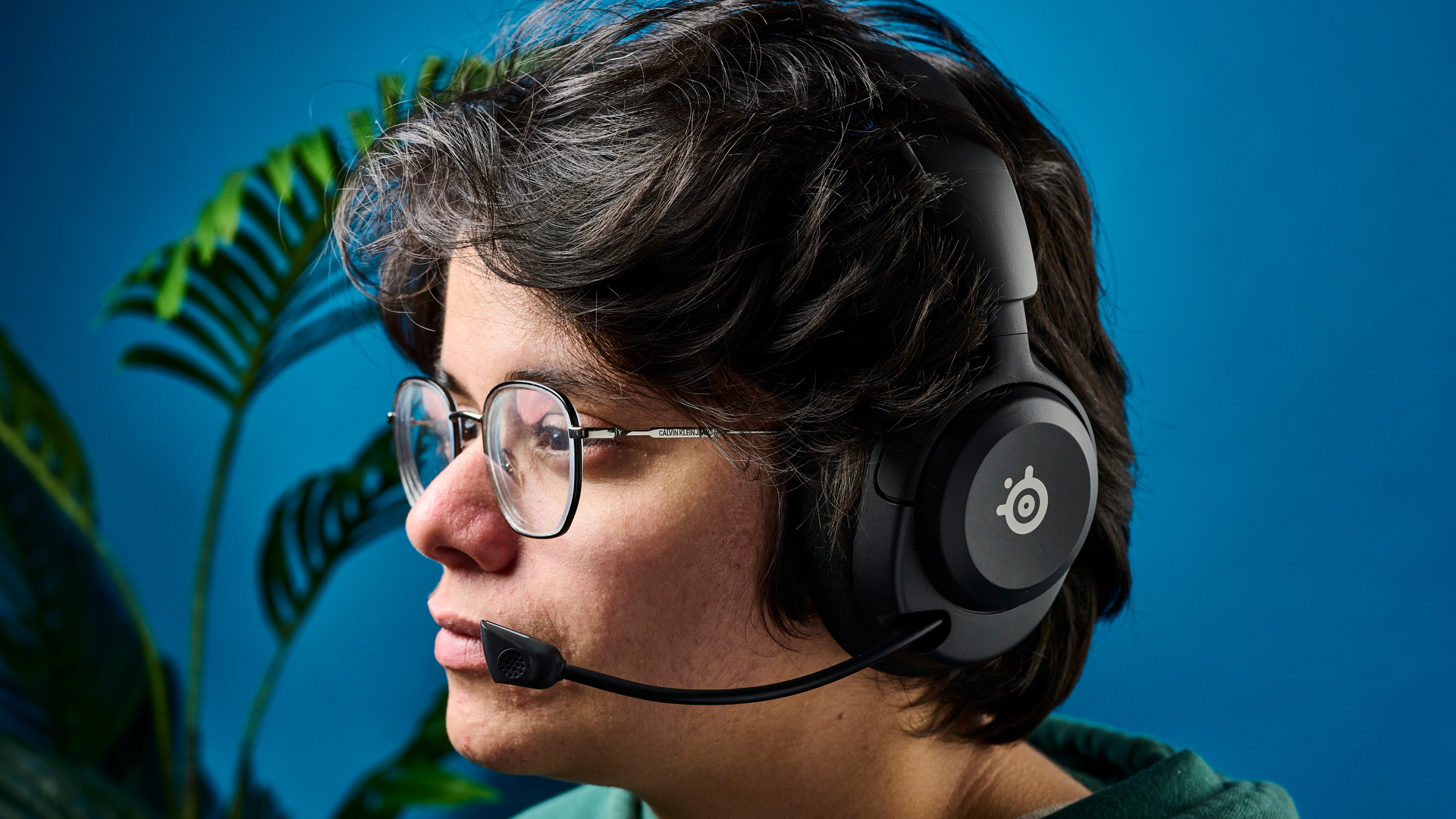
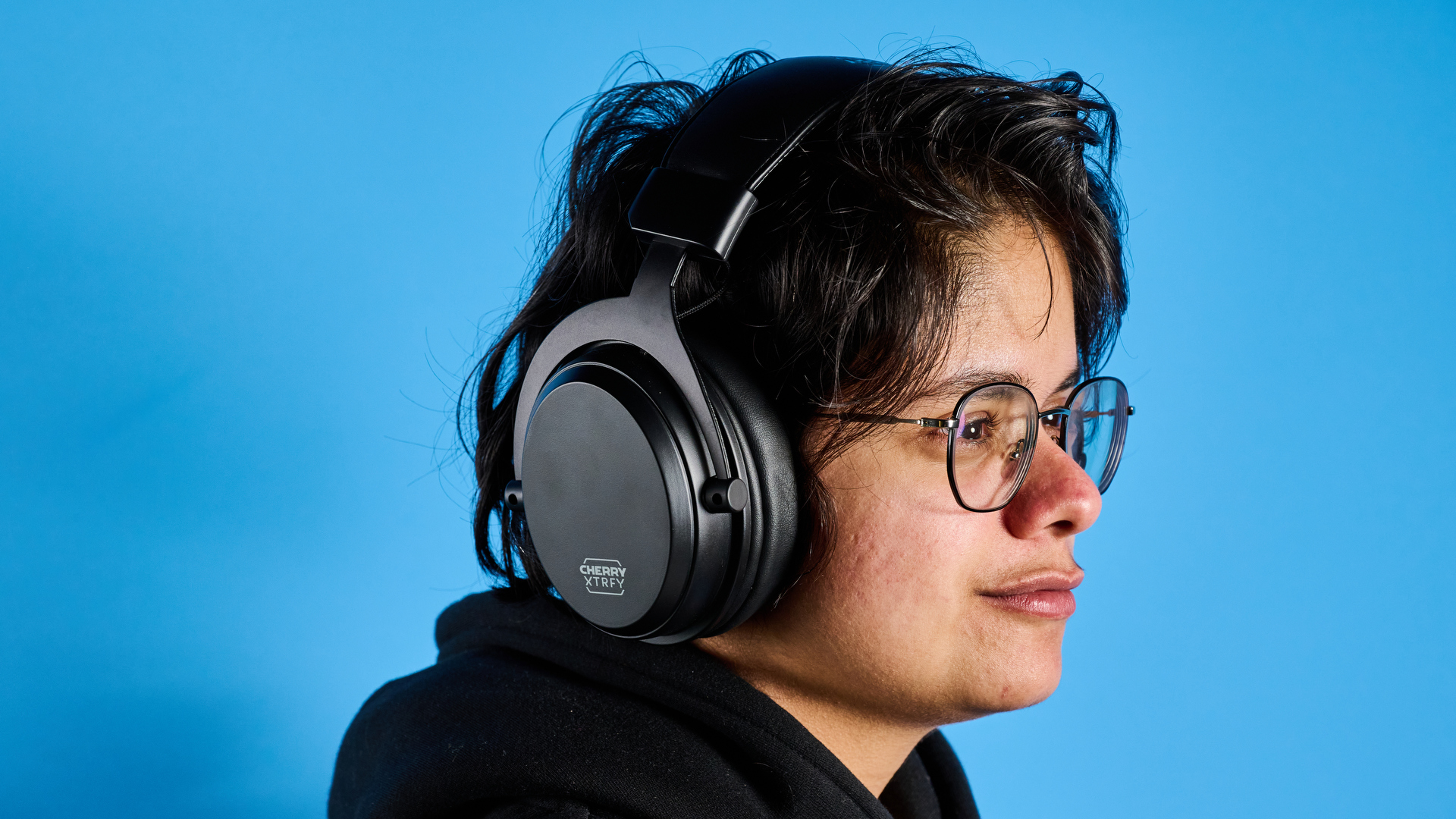
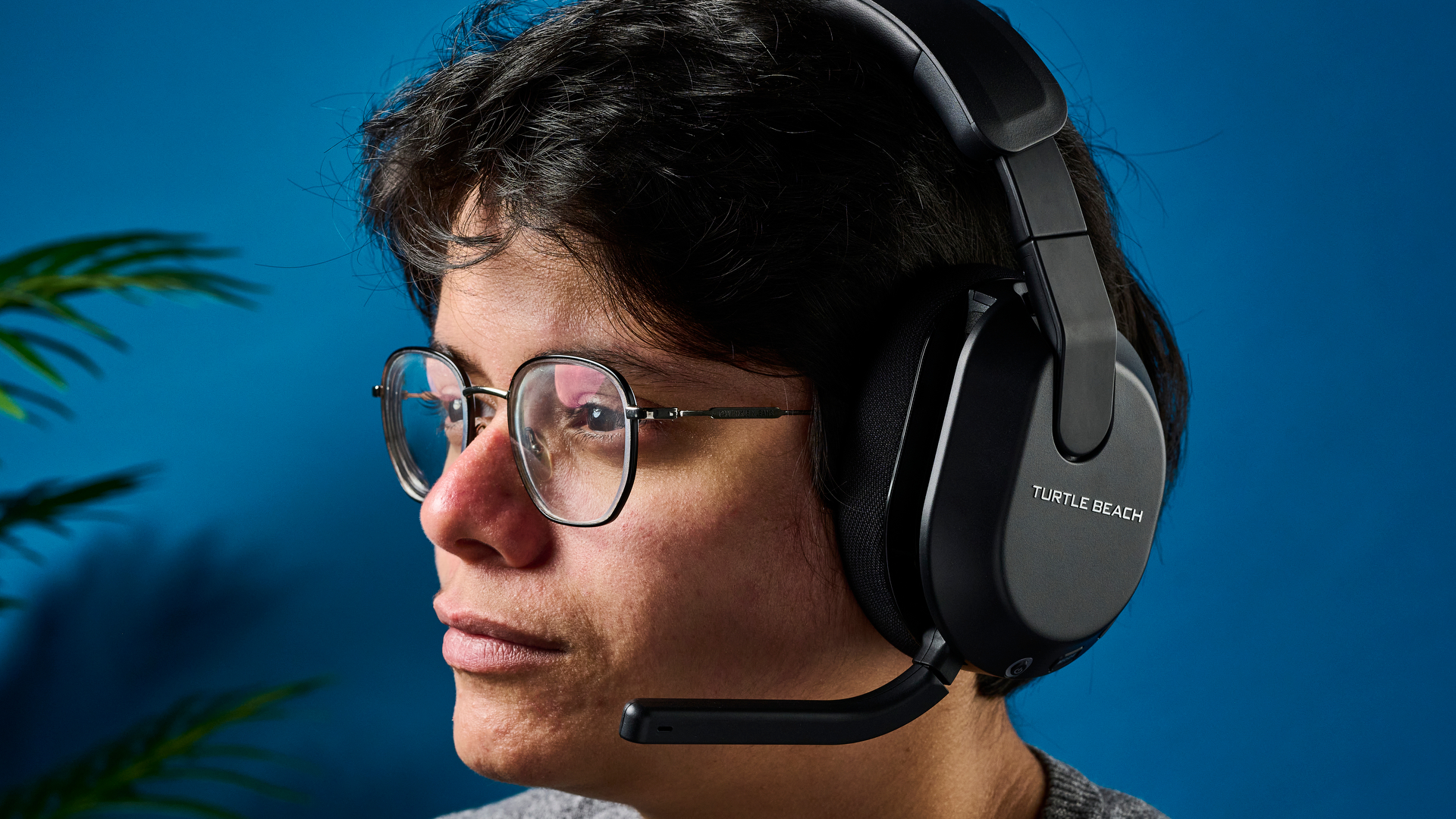
Of course, Asus isn't the only big player when it comes to making great headsets — or even the best cheap gaming headsets.
You've got SteelSeries coming in hot with the Arctis Nova 5 ($129, and the only headset I've given 5 stars to). Cherry's got the fantastic XTRFY H3 ($99), and Turtle Beach shows off a lot — as it should — with the Stealth 600 Gen 3 ($99).
All of these are fantastic in their own right, and for some, they might offer better value for money than the Asus ROG Delta II. If you want flashy RGB, then either the ROG Delta II or the ROG Pelta are good choices. If you want sound quality and a detailed companion app that isn't restricted to Windows or macOS, the Arctis Nova 5 is the best option.
But if it's Asus you want to stick with because you have an Asus laptop and are familiar with Armoury Crate's quirks, the ROG Pelta is better value for money. It isn't that I don't like the ROG Delta II — it's just that I love the ROG Pelta more, and it saved me $100 which I spent on games instead.
More from Tom's Guide
- I just tested this Asus gaming headset — and it makes playing horror games so immersive that it gave me nightmares
- I just tested the Asus ROG Delta II and it’s one of the best gaming headsets — but there’s a catch
- Best wireless gaming headsets 2025 — our top picks

Nikita is a Senior Writer on the Reviews team at Tom's Guide. She's a lifelong gaming and photography enthusiast, always on the lookout for the latest tech. Having worked as a Sub Editor and Writer for Canon EMEA, she has interviewed photographers from all over the world and working in different genres. When she’s not working, Nikita can usually be found sinking hours into RPGs on her PS5, flying a drone (she's a licensed drone pilot), at a concert, or watching F1. Her work has appeared in several publications including Motor Sport Magazine, NME, Marriott Bonvoy, The Independent, and Metro. You can follow her photography account on Instagram here.
You must confirm your public display name before commenting
Please logout and then login again, you will then be prompted to enter your display name.
